
Ganh Da Dia
2.1. History of formation and development
The history of the province was marked in 1597, when Luong Van Chanh brought people from Thanh - Nghe and Thuan - Quang regions to reclaim land, establish settlements, and build a career in Tran Bien land. In 1611, Phu Yen prefecture was officially established. With an important strategic position, in the 18th century, Phu Yen was the place of fierce confrontation between the Tay Son and Nguyen dynasties.
From the 19th century onwards, in the struggle against French colonialism, Phu Yen responded to the Can Vuong movement led by Le Thanh Phuong and the uprising of Vo Tru and Tran Cao Van, crushing the Atlante campaign of French colonialism, contributing to the victory in the resistance war against France of the people of the whole country.
During the resistance war against the US to save the country, the Hoa Thinh uprising movement of Phu Yen, along with many other achievements, contributed to the complete liberation of the South and the unification of the country. On November 3, 1975, Phu Yen province merged with Khanh Hoa province to form Phu Khanh province. At the 5th session of the 8th National Assembly in June 1889, the National Assembly decided to split Phu Khanh province into two provinces, Phu Yen and Khanh Hoa, as they are today.
2.2. Historical figures, cultural celebrities
- Luong Van Chanh: Luong Van Chanh was a military officer of the Le Dynasty and a person who contributed to the cause of recruiting migrants to reclaim, expand and develop the land of Phu Yen. He was born around the 40s of the 16th century, in Tao Son village, Ngoc Linh commune, Tinh Gia district, Thanh Hoa. In 1558, Luong Van Chanh followed Nguyen Hoang to Thuan Hoa. In 1578, Luong Van Chanh led his army to Da Dien river (or Da Rang) to capture Ho citadel of Champa. Thanks to that achievement, he was promoted to Special Advancement General of the National Defense. After that, he was assigned to look after Tuy Vien district, An Bien town (now in Binh Dinh province). In 1593, the Le Trung Hung army marched to the North. Luong Van Chanh went to the North and, together with Nguyen Hoang, achieved many feats in Son Nam and Hai Duong in 1593 and 1594. He was appointed by King Le The Tong (the first year of Quang Hung) as Special Envoy to the Kingdom, General of the 4 Than Vu provinces, with the title of Phu Nghia Marquis. In 1597, Mr. Luong Van Chanh was the District Chief of Tuy Vien, An Bien town, and received an order from Lord Nguyen Hoang to bring about 4,000 migrants to reclaim the southern land of Dai Viet from Cu Mong Pass to Ca Pass (present-day Phu Yen province). He and the migrants gradually reclaimed the land, established hamlets, and gradually created the first villages in the Da Dien and Cai River deltas. He died on September 19, Tan Hoi year (1611) in Long Phung village, in today's Hoa Tri commune, and was buried by the people, who built a temple to remember him and honored him as Thanh Hoang. Later, for unknown reasons, history books omitted his name. When Dai Nam liet truyen tien bien recorded Luong Van Chanh's biography, it was noted: " The book of real records omitted his name." It was not until the North-South conflict (1627 - 1672) ended, in the tenth year of Chinh Hoa (1689), that Lord Nguyen posthumously awarded Luong Van Chanh the title of Bao Quoc Chi Than (God protecting the country). In 1693, he was once again awarded the title of Bao Quoc Ho Dan Chi Than (God protecting the country and the people). After that, from 1689 to 1767, Lord Nguyen granted Luong Van Chanh five titles, the last titles he received were Phu Quan Cong, Than Bao Ho Dan, Huu Thuan Phong Cong, Tinh Tiet. During the Nguyen Dynasty, he was awarded six more titles (in the third year of Minh Mang (1822), the third year of Thieu Tri (1843), the third year of Tu Duc (1850), the thirty-third year of Tu Duc (1880), the second year of Dong Khanh (1887), and the third year of Duy Tan (1909). The last title he was awarded was Duc Bao Trung Hung Thuong Dang Than.
To commemorate the person who reclaimed the land of Phu Yen, every year, local people hold ceremonies, take care to preserve and restore the tomb and temple of Luong Van Chanh. With the stature of a historical relic, the Ministry of Culture, Sports and Tourism has recognized the tomb and temple of Luong Van Chanh as a national historical and cultural relic.
The first high school in Phu Yen is also named after him, that is Luong Van Chanh High School for the Gifted.
- Le Thanh Phuong: Le Thanh Phuong is a leading historical figure in Phu Yen province. He was born in 1825 in My Phu village, Xuan Vinh commune (now My Phu village, An Hiep commune, Tuy An district, Phu Yen province) in a Confucian and patriotic family. Passing the bachelor's exam at the age of 30, he returned to his hometown to open a school. In 1885, responding to King Ham Nghi's Can Vuong edict, Le Thanh Phuong rose up to gather Phu Yen insurgents to raise the flag of uprising against the invading French colonialists. The uprising organized and led by Le Thanh Phuong in Phu Yen was an important part of the national Can Vuong movement, having a positive and strong influence on the Can Vuong movement in the South Central provinces. Le Thanh Phuong's uprising is a glorious page in the history of the extremely heroic and heroic struggle against foreign invaders for national independence of the Phu Yen people and will forever be the pride of the Phu Yen people. In February 1887, Le Thanh Phuong was captured by the enemy. On February 20, 1887 (January 28, Dinh Hoi year), because he could not persuade or bribe him, the traitor Tran Ba Loc ordered the execution of Le Thanh Phuong and many other patriotic scholars at Cay Dua wharf (in An Dan commune, Tuy An district today). He set a shining example of indomitable will and heroic spirit of sacrifice for the people and the country. The tomb and temple of Le Thanh Phuong in My Phu village, An Hiep commune, Tuy An district, Phu Yen province were officially recognized by the state as a national historical and cultural relic in 1997.
Currently, every January 27 and 28, Tuy An district, An Hiep commune government coordinate with Phu Yen Department of Culture, Sports and Tourism to organize a memorial ceremony for the great military commander Le Thanh Phuong, an outstanding son of Phu Yen homeland. This is also an opportunity for people from all over Phu Yen province, especially Tuy An district to gather to participate in traditional activities, folk games are organized such as: stick pushing, men's and women's tug of war, stilt walking, 3-legged running, running and hula hooping, marching and cooking, chess competition, human chess, camping, folk singing competition, bai choi festival and art festival.
2.3. Cultural heritage
2.3.1. Tangible cultural heritage
a. Monuments, museums
- Phu Yen is a land with many relics and scenic spots belonging to many historical periods and many different cultures (Champa culture, Vietnamese culture, culture of ethnic minorities in the west of the province). Relics and scenic spots recognized as national historical and cultural relics include: Nhan Tower (Tuy Hoa), tomb and temple of famous person Luong Van Chanh (Hoa Tri, Phu Hoa); Tu Quang Pagoda, also known as White Stone Pagoda (An Dan, Tuy An), the tomb and temple of the famous person Le Thanh Phuong (An Hiep, Tuy An), the historical site where the first Communist Party of Vietnam cell was established in Phu Yen (La Hai, Dong Xuan), the historical site of the Ngan Son - Chi Thanh massacre (Tuy An), the historical site of the unnumbered ship in the Vung Ro sea (Hoa Xuan Nam, Dong Hoa), the historical site where the Hoa Thinh uprising took place (Tay Hoa), the ruins of Thanh Ho Citadel (Phu Hoa) associated with the development of the Cham people in Phu Yen, the historical site of An Tho Citadel (Tuy An), the birthplace of comrade Tran Phu, the first General Secretary of the Party, Go Thi Thung tunnel, the stone harp and the pair of Tuy An stone trumpets...
- Phu Yen Provincial Museum was inaugurated in February 2012. Phu Yen Museum is 3 hectares wide on Tran Phu Street (Ward 5, Tuy Hoa City), with a total investment of nearly 97 billion VND. The exhibition section has a three-storey main building: the first floor is the exhibition and reception service area, the artifact storage area, the administrative area; the second floor is the exhibition space; the third floor is the space for organizing educational activities of the Museum. In addition, there are other auxiliary works such as: refreshment service house, parking lot, elevator system, escalator, elevator... The indoor exhibition section of the Museum has 3 main themes: Ancient Phu Yen history, Revolution and resistance, Contemporary life . The outdoor exhibition section shows traditional folk architectural models, typical tangible cultural heritages of the locality, and is also a space for organizing performances of intangible cultural heritages. In the first phase, Phu Yen Museum cooperated with UNESCO Club to research, collect Phu Yen antiques, display and introduce existing artifacts in the Museum's warehouse and some antique collections. In the next phase, Phu Yen Department of Culture, Sports and Tourism will implement the project of collecting, purchasing additional artifacts and designing and constructing complete exhibitions. This is expected to be a cultural destination attracting tourists to visit and learn about the history and culture of ethnic groups in the province.
b. Scenic spots
Phu Yen also has famous landscapes that have been recognized as national landscapes such as: O Loan lagoon (Tuy An); Ganh Da Dia (An Ninh Dong, Tuy An)... Eco-tourism areas such as: Bai Mon - Mui Dien tourist area (Dong Hoa), Nui Thom tourist area, Long Thuy tourist village (Tuy Hoa), Hon Chua, Bai Xep, Ganh Da Dia (Tuy An); Tu Nham resort, Bai Nom, Bai Rang (Song Cau)...

Bai Mon Scenic Area
2.3.2. Intangible culture
a. Customs
Regarding the customs of the Vietnamese, Ede, Bana, Cham, and Chinese ethnic groups living in Phu Yen, each ethnic group has its own customs that have existed for generations. However, if we compare their customs with those of similar ethnic groups living in other areas of Vietnam, there is not much difference. The Vietnamese in Phu Yen also celebrate Tet by erecting a pole, worshiping ancestors, paying debts, making cakes and candies, giving lucky money to their children and grandchildren, visiting and wishing each other a happy new year... In addition to Tet Nguyen Dan, there is Tet Thuong Nguyen, also known as Tet Nguyen Tieu (held on the 15th day of the first lunar month), Tet Doan Ngo (held on the 5th day of the 5th lunar month), Tet Trung Nguyen (also known as Xa toi vong nhan festival), Vu Lan festival (held on the 15th day of the 7th lunar month), and Tet Trung Thu (held on the 15th day of the 8th lunar month). The Vietnamese in Phu Yen celebrate the above Tet holidays in no way different from other places, except for the Doan Ngo Festival which is very thoughtfully organized. On this day, people often go out with their families and friends, mainly to the beach, have fun, and eat quite lavishly. Other rituals of life, such as birth, wedding, funeral, death anniversary... are also not different from other localities. The customs of ethnic minorities in Phu Yen, like those in other regions, are often stricter and more complicated than those of the Vietnamese and are carried out very seriously by everyone.
b. Festival
Phu Yen is also famous for its major annual festivals such as: Dong Cam Dam Incense Offering Festival (January 8 of the lunar calendar), Da Rang River Boat Racing Festival (January 7 of the lunar calendar), O Loan Lagoon Festival (January 6-7 of the lunar calendar), Tam Giang River Festival (January 5-6 of the lunar calendar), Lunar New Year's Eve Festival, Phu Yen Spring Flower Festival (from December 25 to Lunar New Year's Eve), Luong Van Chanh Temple Festival (February 6 of the lunar calendar), Le Thanh Phuong Temple Festival (January 27-28 of the lunar calendar), Nguyen Tieu Poetry Night Festival on Nhan Mountain (full moon night of January), Ong Pagoda Festival (January 13 of the lunar calendar), White Stone Pagoda Festival (January 10-11 of the lunar calendar), Go Thi Thung Horse Racing Festival (January 9 of the lunar calendar), Bai Choi Card Playing Festival in January of the lunar calendar, and Fisherman's Prayer Festival from January to August of the lunar calendar.
c. Villages and traditional crafts
Phu Yen is also famous for its traditional villages and crafts such as: Dong Tac boat building craft (Tuy Hoa), rice paper village in Hoa Da village (An My, Tuy An), Dong Binh village (Hoa An, Phu Hoa) and My Le (Hoa Binh II, Tay Hoa), Quang Duc pottery village (An Thach, Tuy An), La Hai sugar cane making craft (La Hai, Dong Xuan), Tuyet Diem salt village (Xuan Binh, Song Cau), Cu Du mat weaving craft (Ward 7, Tuy Hoa), Ngan Son silk weaving craft (Chi Thanh, Tuy An), Phu Dien conical hat weaving craft (Hoa Dong, Tay Hoa); Vinh Ba weaving craft village (Hoa Dong, Tay Hoa).
d. Cuisine
Phu Yen has many valuable seafoods such as: O Loan lagoon blood cockles; Song Cau lobster; Cu Mong lagoon crab; ocean tuna (humpback fish)... Through the skillful processing of Phu Yen people, these seafoods have become famous specialties, bringing unforgettable flavors to those who have had the opportunity to enjoy them. At the top of the culinary list of Phu Yen are famous specialties such as: Song Cau crab with dishes: steamed crab, salt-roasted crab, tamarind crab, crab soup; O Loan lagoon blood cockles (Tuy An) grilled on hot coals and served with salt, pepper and lemon. O Loan is also home to oysters, which are processed into many delicious and unique dishes such as: oysters dipped in vinegar, oysters stewed with banana trees, but the most special is oyster porridge cooked with red rice, along with some common spices but creating an unforgettable specialty. Phu Yen is also the place with the most developed ocean tuna fishing industry in Vietnam. From here, the tuna salad has become famous at home and abroad. In addition to the salad, Phu Yen's tuna specialties also include: steamed tuna eyes ("lighthouse" dish), tuna stomach salad, fish head porridge... Phu Yen also has jellyfish salad; various types of shrimp, lobster, tiger prawn, freshwater prawn... steamed in coconut water; fish intestines steamed with eggplant... People living in the coastal sand dunes have the dish of "dong" sausage. People living in the Chop Chai foothills have the dish of "hoa bong" stir-fried with meat and especially "hoa bong" braised with freshwater fish to eat during the rainy season...
Many famous dishes are associated with the places where they were born, such as: Phong Hau sticky rice (Tuy An), Hoa Da rice paper (Tuy An), Hoa An (Tuy Hoa), O Loan blood cockles (Tuy An), crabs, jumping snails, scallops, Song Cau grouper, Vung Ro lobster... Talking about culinary culture without mentioning Song Cau fish sauce and Tuy Hoa coffee is not enough. Song Cau fish sauce and Ganh Do fish sauce of Phu Yen are also famous specialties in the South and the North...
Provincial Information Portal








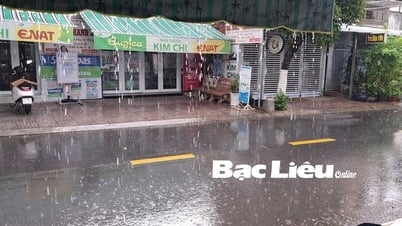
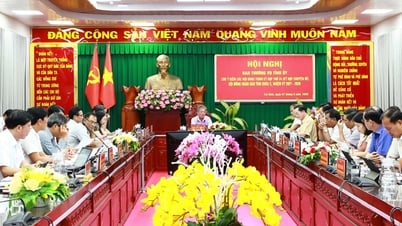
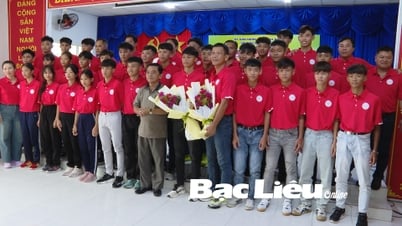
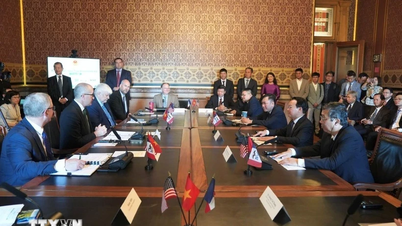

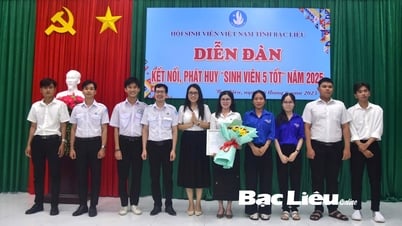
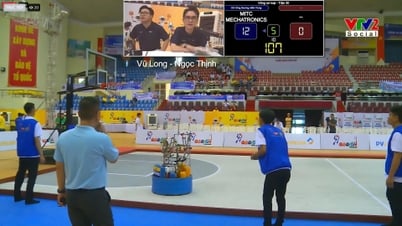






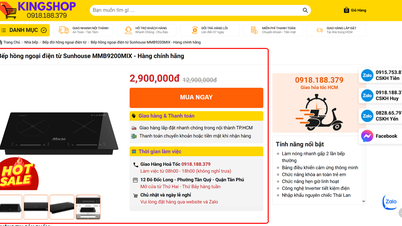
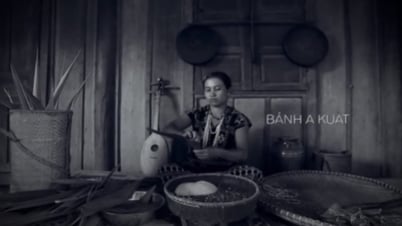































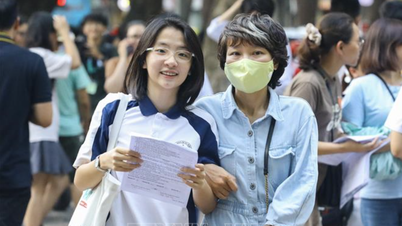
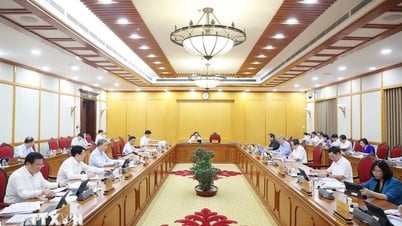
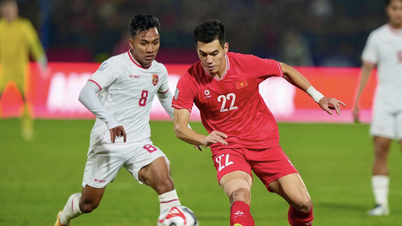











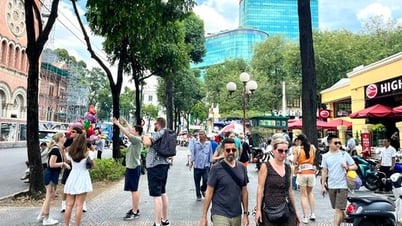
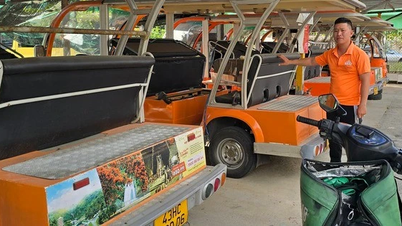

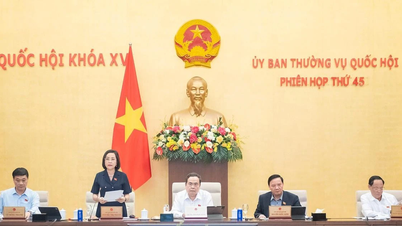

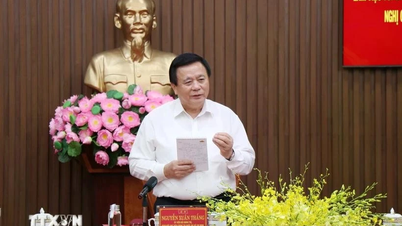
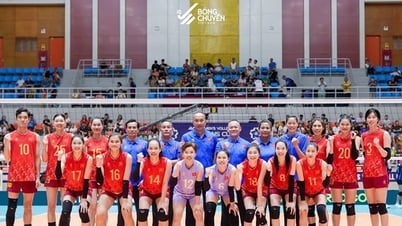












![[OCOP REVIEW] Tu Duyen Syrup - The essence of herbs from the mountains and forests of Nhu Thanh](https://vphoto.vietnam.vn/thumb/402x226/vietnam/resource/IMAGE/2025/6/5/58ca32fce4ec44039e444fbfae7e75ec)


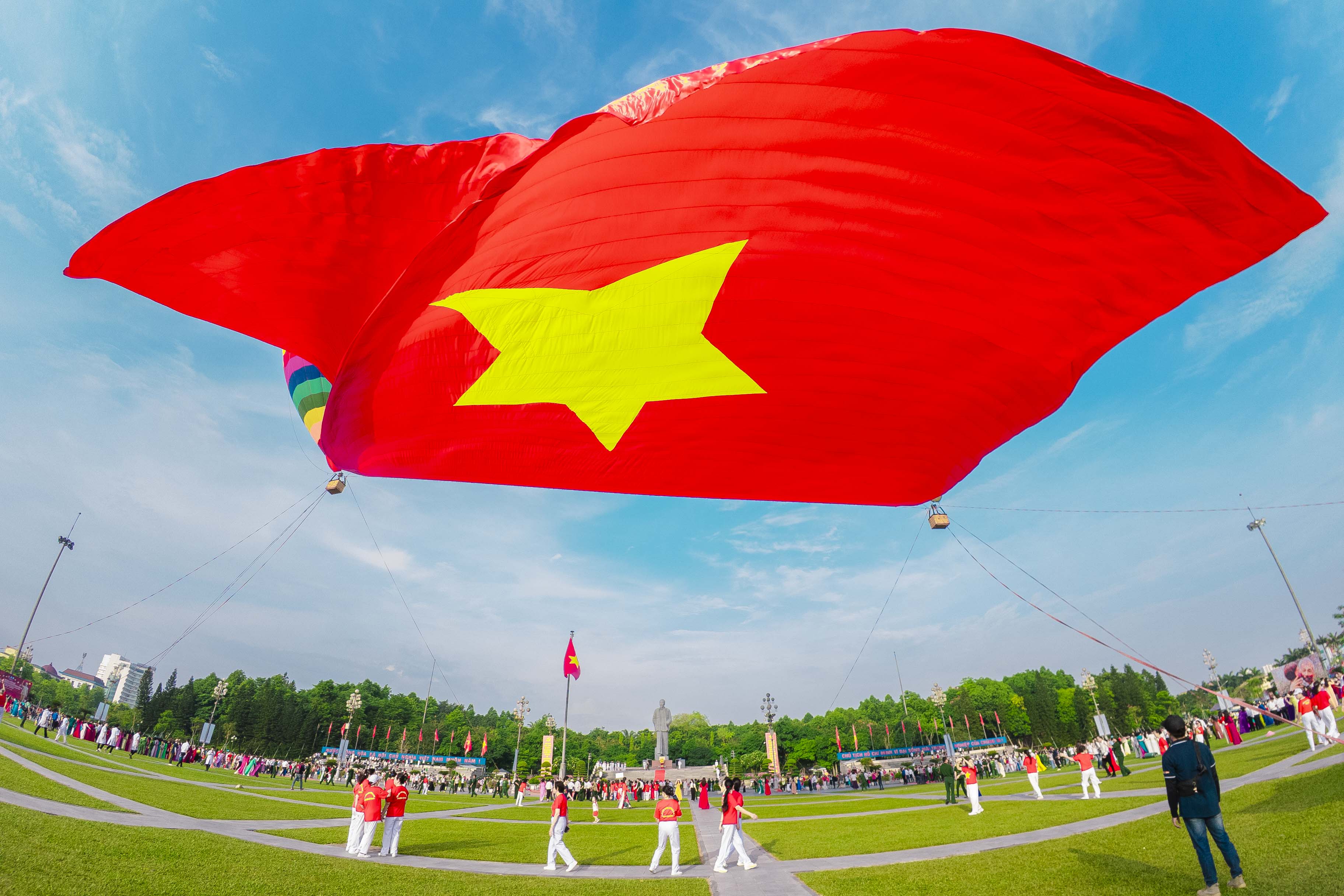
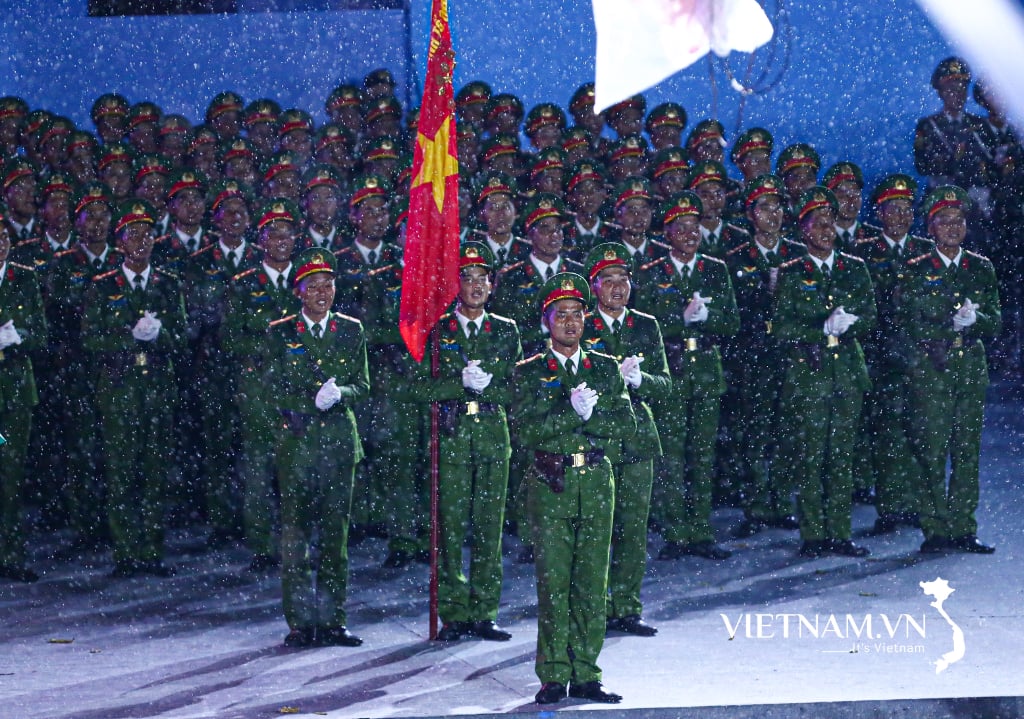
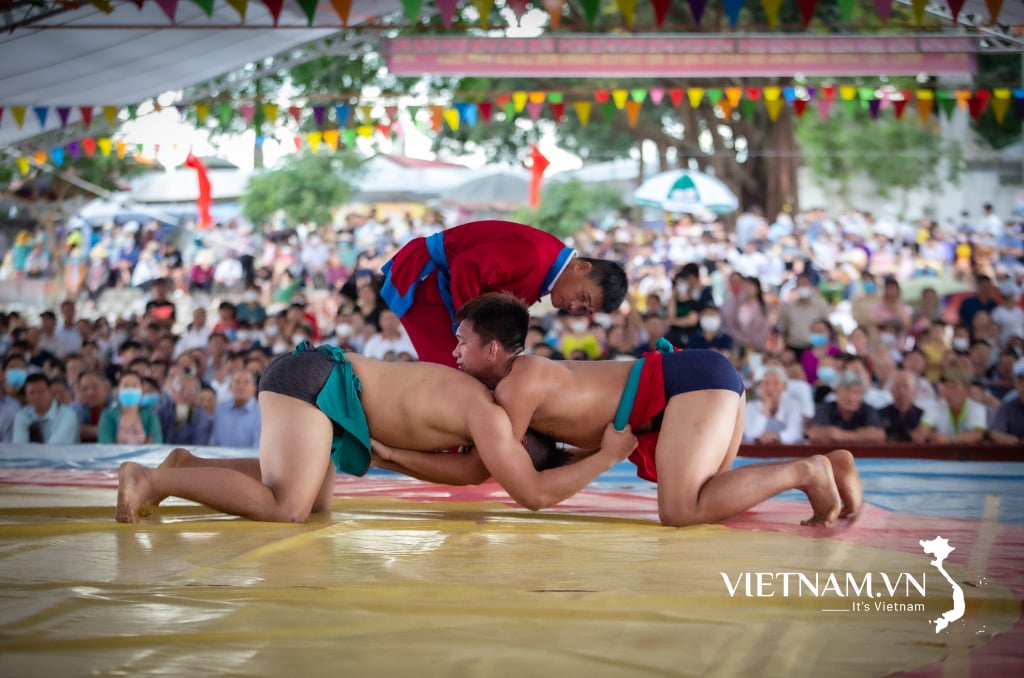

Comment (0)